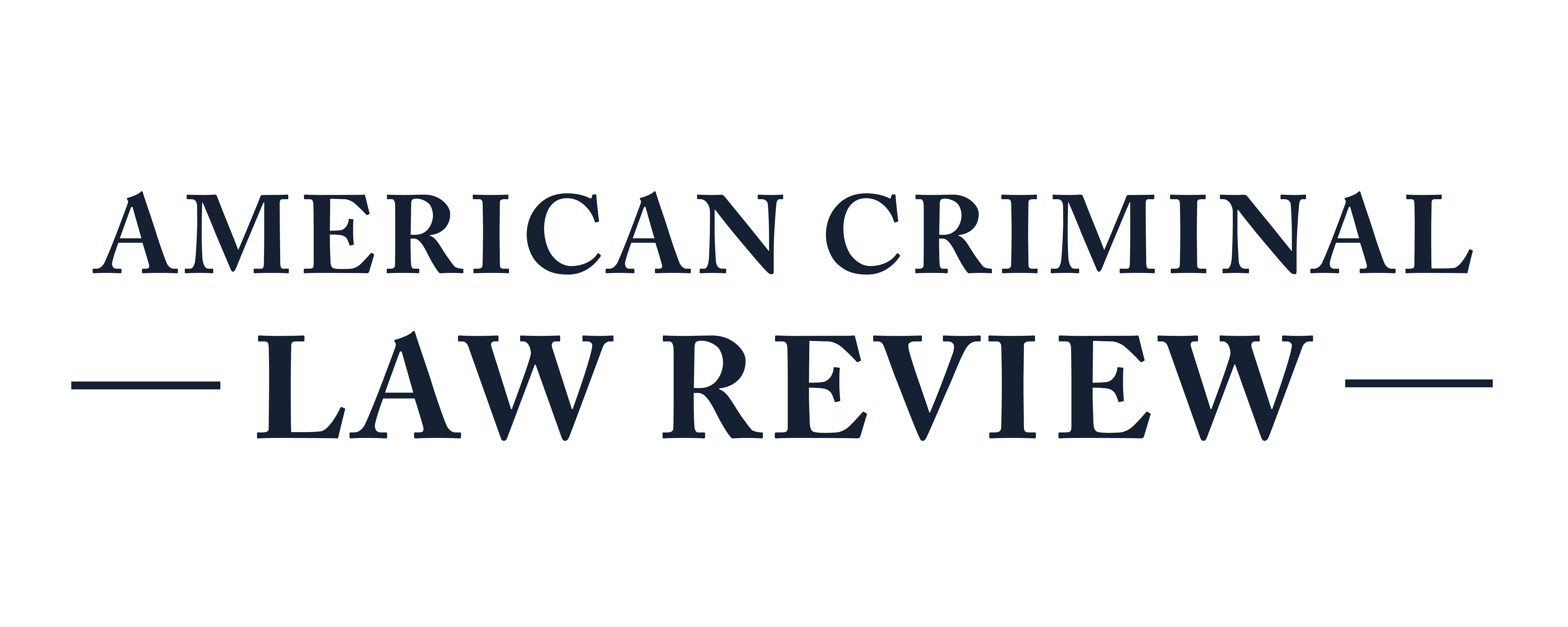Ghost Guns: What Prosecutors Should Do To Combat The New Frontier of Untraceable Violence
In 2019, 15-year old Nathaniel Berhow was able to purchase a gun. The process was simple. Presumably, he ordered a kit online, and it arrived, unassembled, in the mail. He drilled a few holes into the frame, completing the firearm. On his sixteenth birthday, he brought that gun to Saugus High School and began shooting everyone in sight. He killed Gracie Anne Muehlberger, a 15-year old, and Dominic
Blackwell, a 14-year old. He critically injured three others and then shot himself. This story’s tragic ending is haunting, but perhaps more upsetting is the ease with which the law could have prevented this tragedy in the first place. Unable to legally purchase a firearm, Berhow turned to a new and more accessible market: ghost guns.
This paper will provide a brief overview of this rapid rise in ghost gun violence. Part I will define ghost guns and summarize the numerous and unique problems stemming from them. Part II will provide the current legal landscape of ghost guns at the federal, state, and local levels. Part III will propose what prosecutors, specifically, should do to combat this violent crime, including: 1) reform internal processes by strategizing how to prosecute those who commit violent crime with or supply ghost guns, designing specific units to target ghost gun violence, and clarifying any existing ghost gun legislation; 2) lobby externally for the adoption of federal legislation and the existence of or clearer state legislation; and 3) pursue civil litigation against ghost gun manufacturers for not complying with regulations.
Subscribe to ACLR
